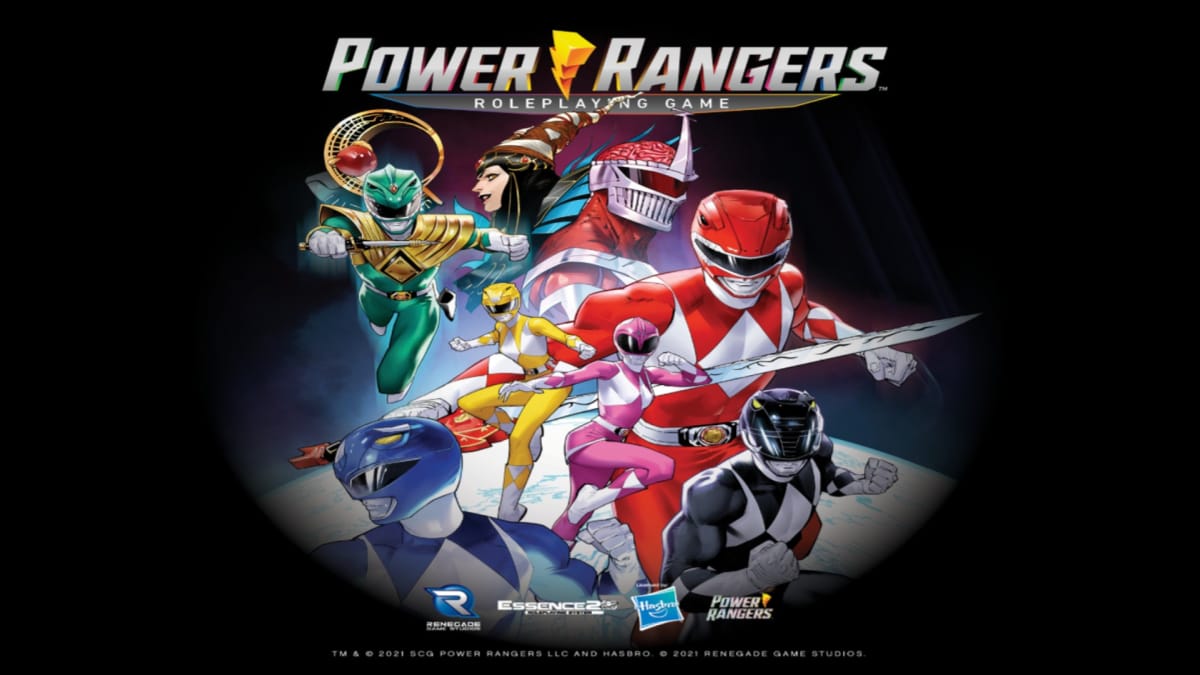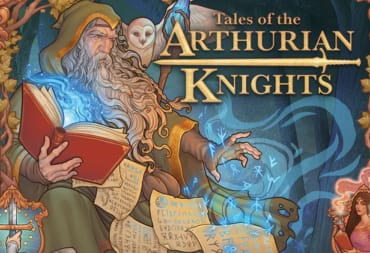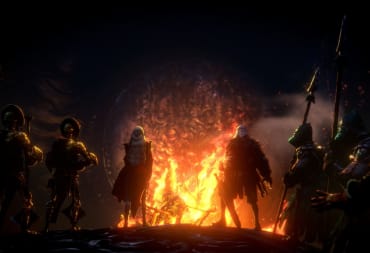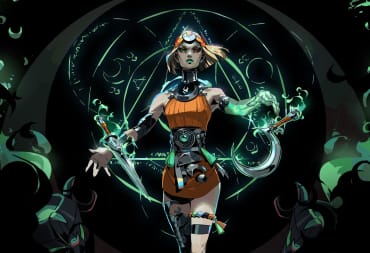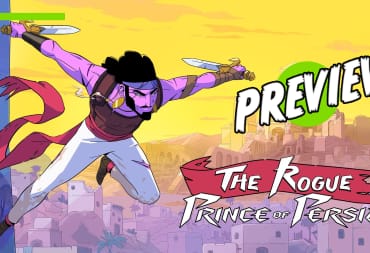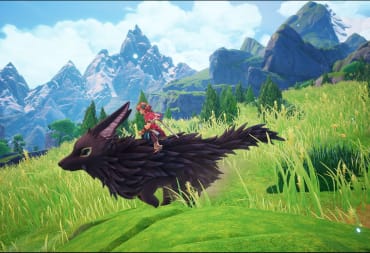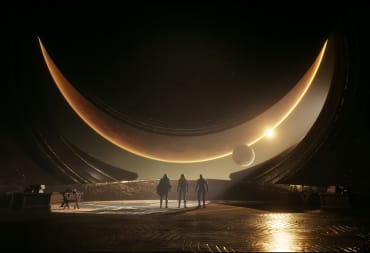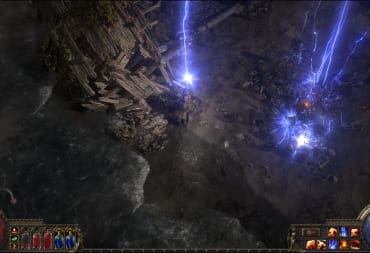To say that Power Rangers: The Roleplaying Game is ambitious is a bit of an understatement. While Renegade Game Studios have helped publish and shape the direction of TTRPGs in the past like the most recent edition of Vampire: The Masquerade or the excellent Kids on Bikes, this was the first project that they developed in-house. Not only that, they decided to switch development of the game from a more conventional 5e OGL to their very own original RPG system: Essence20. And on top of all of that, the game has to not only properly present and honor the long-running franchise of Power Rangers in an accessible and fun way for players young and old, but be future proofed for system compatibility for upcoming RPG systems based on other beloved children's properties: Transformers, GI Joe, and My Little Pony. That is a lot on any development team's plate.
As much as I would love to say that Renegade made a stellar first impression with Power Rangers: The Roleplaying Game, there were a few issues that kept cropping up as I read through the Core Rulebook. Thankfully, the fundamentals of Essence20 and its accessible character creation kept me and my players not just engaged, but eager for what would come next.
How Does The Essence20 System Work In Power Rangers: The Roleplaying Game?
First, since Power Rangers: The Roleplaying Game is the debut of the new Essence20 system, I'll start with describing some of its key features. In a few ways, the system should be familiar to anyone who has played a modern d20 system. Roll a d20, and if you hit the difficulty check set by your GM, your character succeeds on their task.
But instead of a static increase of skills or stats to your dice roll: +4 to Animal Handing, +2 Proficiency bonus, etc., Essence20 relies on a a dice shift system. How it works is all of your skills are represented by six dots, with a skill die associated with each one. A single dot is a d2, two is d4, continuing up to a d12 at maximum. In addition to a d20 roll, you roll your highest Skill Die and add it to your result. For example, a player rolls to attack a Putty Patroller with a d6 in Might. They would roll a d20 followed by a d6, add them together then see if it hits the Putty's Toughness.
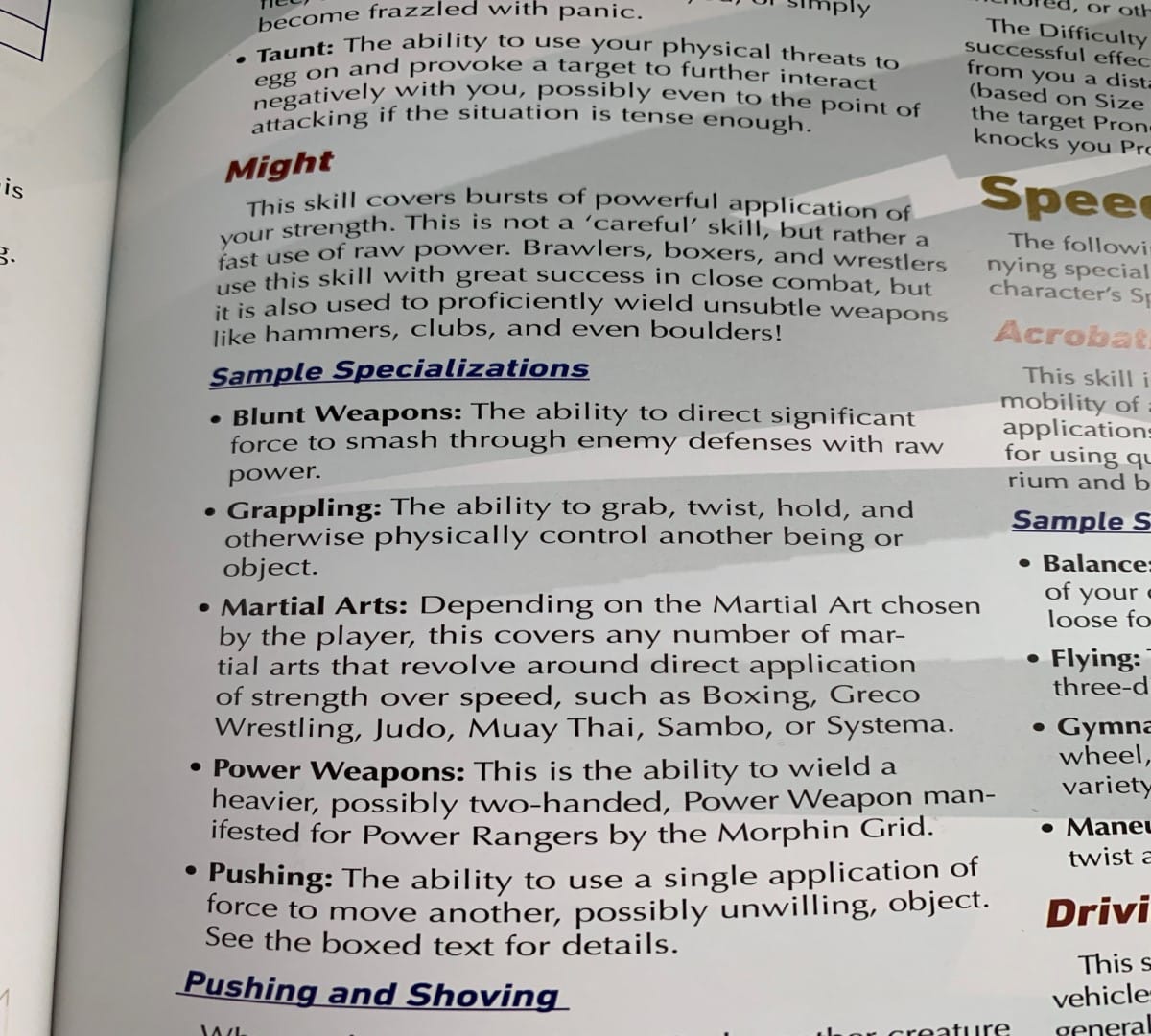
Rolling incrementally higher and lower dice is the crux of Essence20. Rather than a +1/-1 situational bonus, the GM can choose to upshift or downshift a roll, which changes the face of the die players roll. A d6 Skill Die upshifted by 2 becomes a d10, a d2 downshifted by one becomes a standalone d20 roll. Furthermore, there are skill specializations, which lets players choose a focus in their skill. This allows the player to roll all Skill Dice they have dots in and take the highest result. Continuing from the above example, the player rolls Might to hit a Putty but mentions they have a specialization in Boxing. So they would roll a d20, then a d2,d4, and a d6.
This is big because damage is determined by degrees and criticals in Essence20. If you just succeed on a DC, your weapon or item automatically does its desired effect of damage or a status effect. However, if you roll the highest possible result on any of your Skill Dice, it is treated as a critical, which means the effect applies a second time. Furthermore, if your dice result doubles the defense number of your target, the the effect applies once again. What helps keep this from feeling monotonous is that the game is a low health system. For comparison, Rangers at level one have about 1-4 health, monsters have 5 on average. And the classic Mighty Morphin' Dino Megazord has 22. Considering how much Essence20 leans more into the wild swings of dice rolls, keeping combat quick with a low health pool was a smart call.
In fact, if you are a younger player with no real experience in tabletop RPGs, Power Rangers: The Roleplaying Game is not a bad place to start. Character creation is simple with mostly straightforward rules for making a character that is your own. The book goes to great lengths to have origins and roles for characters from all walks of life and backgrounds. This shows up in small but major ways like having personal pronouns on the character sheet, or having backgrounds include surviving a terminal illness, or allowing you to know additional languages if you lived in a multilingual home.
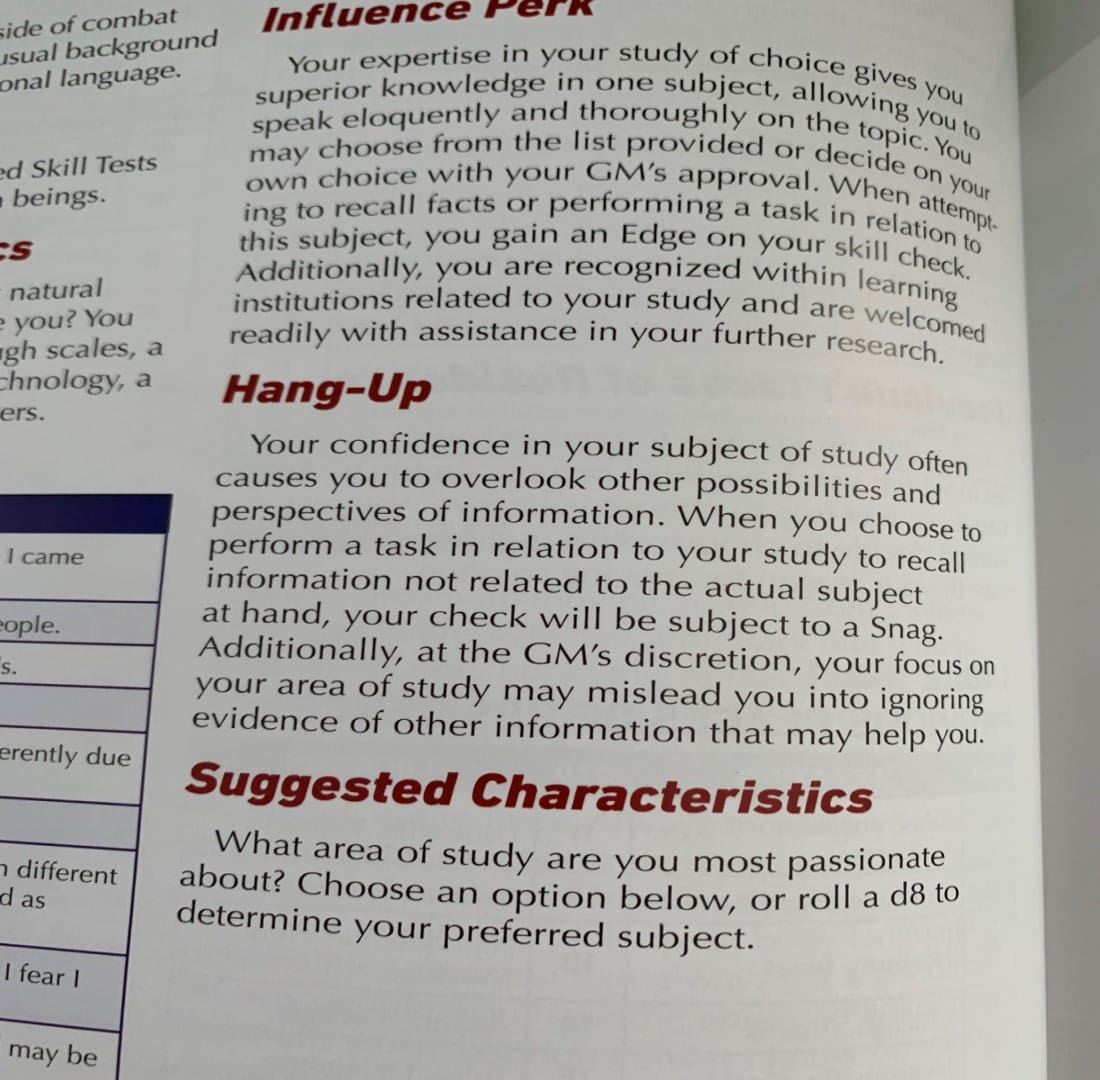
What Are Some Of The Issues Facing Power Rangers: The Roleplaying Game?
The reason I state that it's “mostly” straightforward is one of the issues I do have with the book. After reading the Core Rulebook cover to cover twice, I can tell that the fundamental Essence20 system and how it implements the Power Rangers license at its core is solid. But what goes on to undo some of that foundation is formatting and editing. Some of this can be found with passages referring to mechanics and systems like the Insight skill or levels of exhaustion, old artifacts from when this was based on the 5e OGL. Alternatively, there are instances where certain rules or clarifications aren't found in charts or in helpful references or blurbs, but tucked away on different pages.
Finally, the biggest point of contention with the book is the lack of GM tools. While Power Rangers: The Roleplaying Game Core Rulebook does a great job at helping players make characters, teach the fundamentals of its system, and help show them how to make their own unique weapons and zords, when it comes to helping the person on the other side of the GM screen, things are sparse. There's a brief chapter with a small handful of monster and footsoldier stat blocks, but with no real context for certain stats or shorthand. Things like why are certain asterisks next to some stats or what a Threat Level means are not explained.
But what keeps me from calling this lazy design or management issues are two factors. The first is that, while these issues do stick out, they aren't fundamental issues with the system itself, occupying the space of edge cases and situational high-end play. Second is that Renegade Game Studios have a great reputation of long-term support and transparent communication within their community. Erratas are on their way and FAQs will be addressed. In fact, within just a few days of the Core Rulebook's digital PDF release for early adopters, further GM information was given out for reading monster stat blocks. For context, Threat Level is essentially their Challenge Rating.
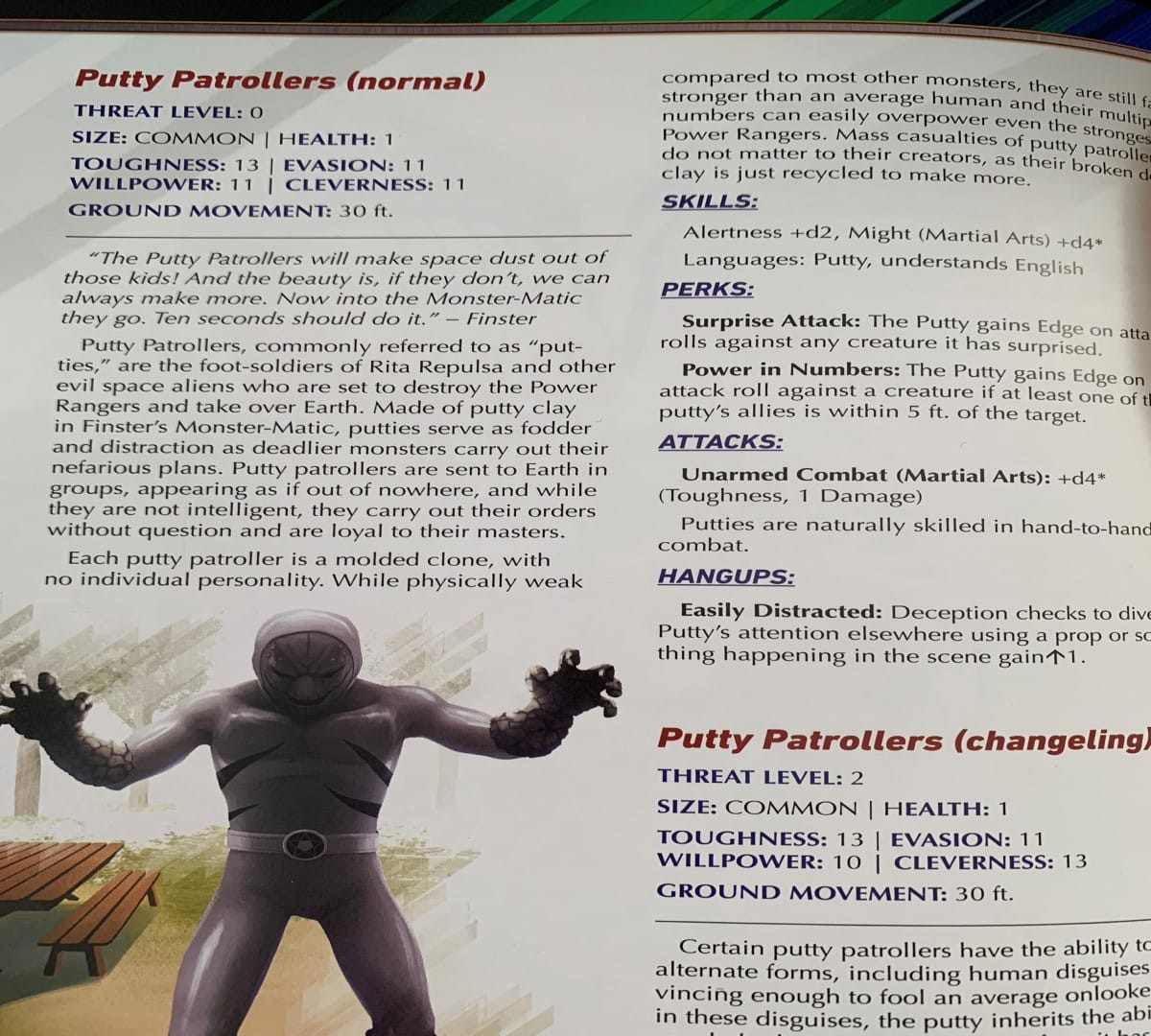
What Was It Like Actually Playing Power Rangers: The Roleplaying Game?
Finally, while this preview has gotten into the weeds of Essence20 and my first impressions with the book's layout, actually playing Power Rangers: The Roleplaying Game did lead to a great time at the gaming table. While I did have to do a bit more lifting on the GM side, my players really got into the spirit of the game. We managed to blend together the more innocent and campy monster of the week structure of the original 1993 TV show with the more serious serialized storytelling of the Boom! Studios continuity, complete with the seeds for subplots and character development to unravel in future sessions.
While there are still parts of Power Rangers: The Roleplaying Game that we have yet to cover, that will have to wait for our full review. This will include things like advanced character progression, megazord battles, as well as any supplementary material released by Renegade in the meantime. Just know that as far as first impressions go, while the Core Rulebook stumbles, it manages to right itself before completely losing its balance.
Power Rangers: The Roleplaying Game Core Rulebook was provided by Renegade Game Studios
Previews you can trust: To ensure you're getting a fair, accurate, and informed review, our experienced team spends a significant amount of time on everything we preview. Read more about how we review games and products.
Have a tip, or want to point out something we missed? Leave a Comment or e-mail us at tips@techraptor.net
